The world’s oceans are experiencing unprecedented changes due to climate change, transforming marine ecosystems at an alarming rate. From rising sea temperatures to ocean acidification, the effects of human-induced climate change have far-reaching consequences for ocean inhabitants. Marine animals, from microscopic plankton to massive whales, are facing multiple stressors that threaten their survival and alter their behavior, reproduction, and distribution. This article explores how climate change impacts various ocean animals, the cascading effects on marine ecosystems, and what these changes mean for the future of our blue planet.
Rising Ocean Temperatures

Ocean temperatures have risen by approximately 0.13°C per decade since the early 1900s, with the rate accelerating in recent decades. This warming affects marine animals in profound ways, particularly those adapted to specific temperature ranges. Coral reefs, often called the rainforests of the sea, are especially vulnerable. When water temperatures exceed their tolerance threshold, corals expel their symbiotic algae (zooxanthellae) in a process known as bleaching. Without these algae, which provide corals with nutrients and their vibrant colors, corals often starve and die.
Fish and other mobile marine species respond to warming by shifting their ranges toward cooler waters, typically moving poleward or into deeper waters. For example, studies have documented over 100 fish species in the North Sea moving northward as temperatures rise. These shifts can disrupt entire food webs when predators and prey move at different rates or when species encounter barriers to migration like coastal development or unsuitable habitat. For temperature-dependent species like sea turtles, whose offspring’s sex is determined by nest temperature, warming can skew sex ratios, potentially leading to population declines.
Ocean Acidification

The ocean absorbs approximately 30% of atmospheric carbon dioxide, leading to chemical reactions that increase ocean acidity. Since the Industrial Revolution, ocean pH has dropped by about 0.1 units, representing a 30% increase in acidity. This change might seem small, but it has significant implications for marine life, especially calcifying organisms that build shells or skeletons from calcium carbonate. As waters become more acidic, these structures can weaken or dissolve entirely.
Shell-building organisms like oysters, clams, sea urchins, and certain plankton face particular challenges in acidified waters. Laboratory studies show that when exposed to projected future acidity levels, oyster larvae experience 80% higher mortality rates. Pteropods, tiny swimming sea snails sometimes called “sea butterflies,” show visible shell dissolution in more acidic waters. These organisms form the foundation of many marine food webs, so their decline affects countless other species, including commercially important fish that humans rely on for food security.
Oxygen Depletion

Climate change is contributing to decreasing oxygen levels in the ocean through two main mechanisms. First, warmer water holds less dissolved oxygen. Second, warming creates stronger stratification (layering) of the ocean, reducing mixing between oxygen-rich surface waters and deeper layers. Since the 1950s, oxygen-minimum zones have expanded by several million square kilometers, and some coastal areas experience seasonal “dead zones” where oxygen levels drop too low to support most marine life.
For fish and other animals that require oxygen, these changes force difficult tradeoffs. Species must either tolerate lower oxygen levels, which limits growth and reproduction, or relocate to more oxygen-rich areas, which may mean abandoning traditional habitats. Large, active fish like tuna and sharks are particularly vulnerable to oxygen depletion because of their high metabolic demands. Studies show that some species’ maximum body sizes decrease in low-oxygen environments, while others face compressed habitat as the layer of adequately oxygenated water thins, making them more vulnerable to predators and fishing pressure.
Changing Ocean Currents
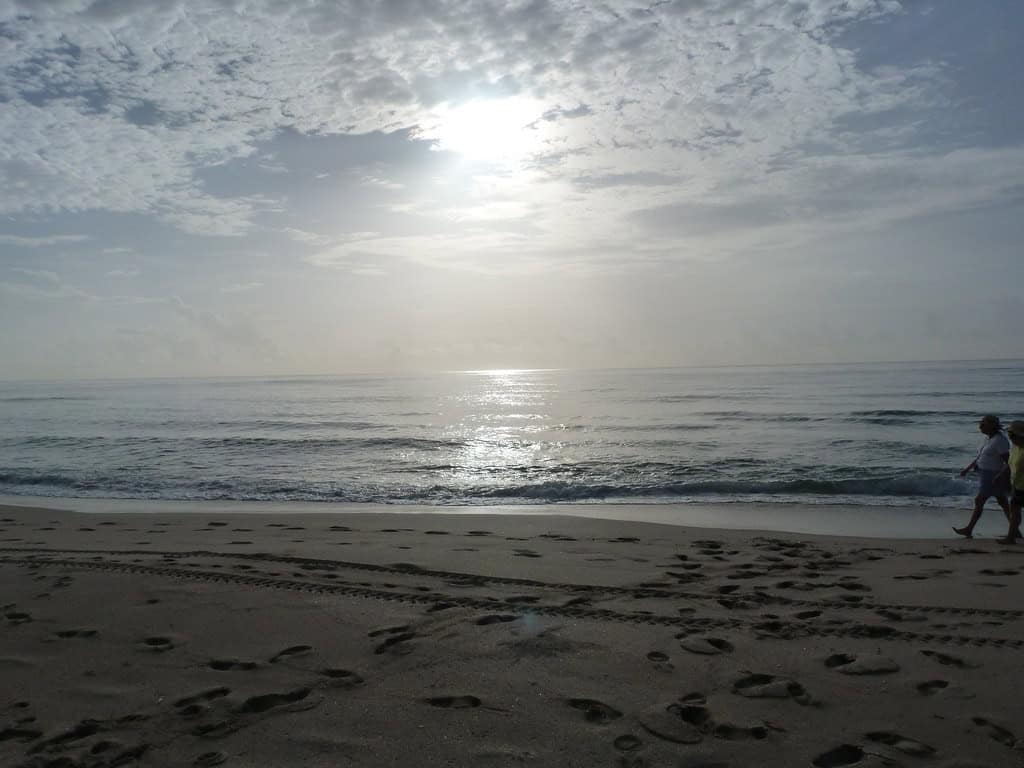
Ocean currents distribute heat, nutrients, and larvae throughout the world’s oceans and play a crucial role in regulating global climate. Climate change is altering these currents in complex ways. The Atlantic Meridional Overturning Circulation (AMOC), which includes the Gulf Stream, has weakened by approximately 15% since the mid-20th century. Changes in current patterns affect the timing and location of nutrient upwellings that support productive ecosystems and fisheries.
Marine animals rely on predictable current patterns for various life processes. Many species, from salmon to sea turtles, use currents for migration. Others, like eels and many reef fish, depend on currents to transport their larvae to nursery grounds. When currents shift, these carefully evolved behaviors can become maladaptive. For instance, leatherback sea turtles following traditional migration routes may find themselves in areas with reduced food availability if current-driven upwelling patterns change. Similarly, commercial fish stocks may decline in traditional fishing grounds but increase in new areas, disrupting both marine ecosystems and human communities that depend on them.
Extreme Weather Events
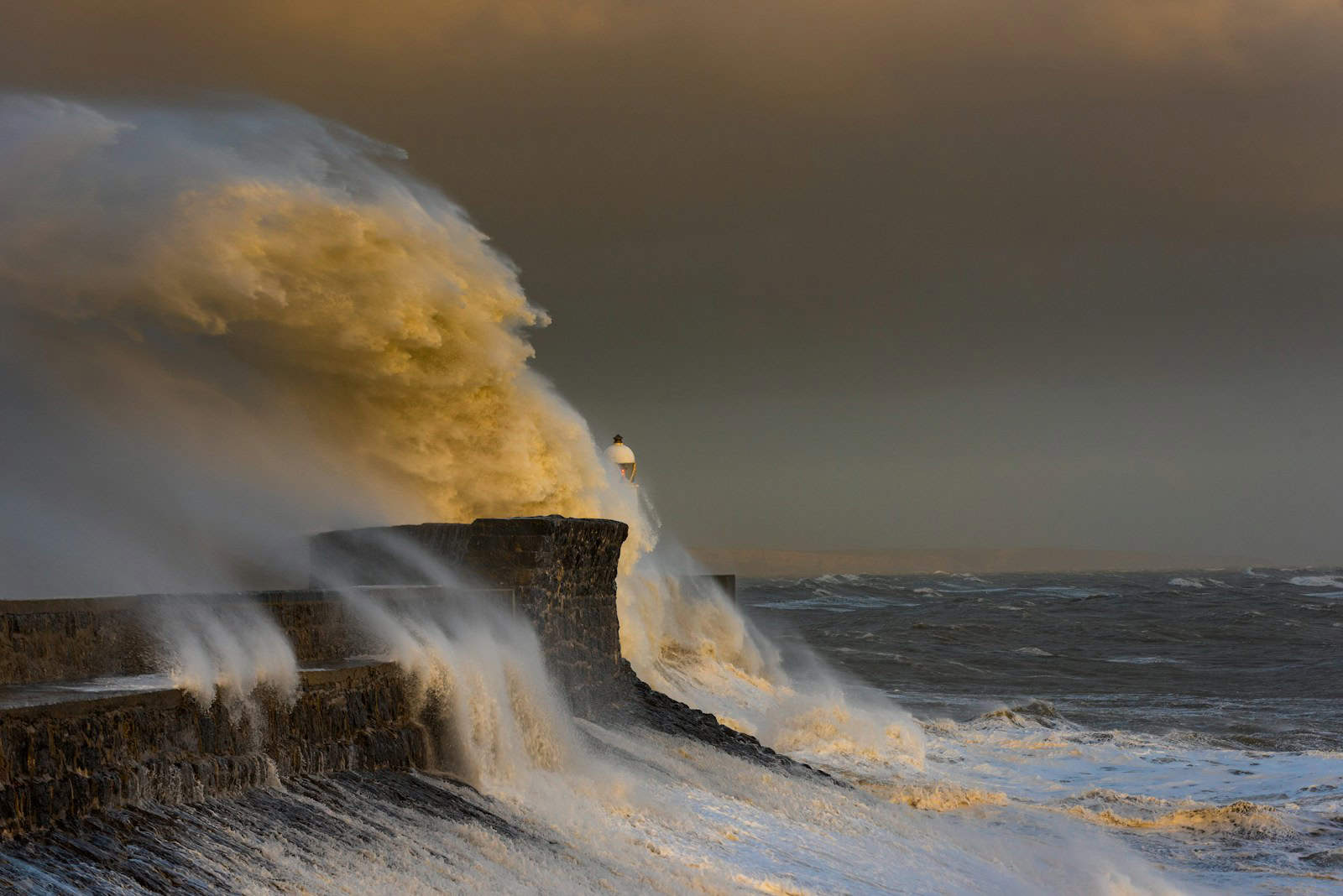
Climate change intensifies extreme weather events, including marine heatwaves, hurricanes, and severe storms, which can devastate ocean ecosystems. Marine heatwaves—periods of abnormally high ocean temperatures—have become 20 times more common due to climate change. The 2014-2016 “Blob” in the Pacific Ocean, for example, caused massive seabird die-offs, toxic algal blooms, and fishery closures. Similarly, the Great Barrier Reef has experienced multiple severe bleaching events since 2016, with little recovery time between episodes.
Hurricanes and cyclones, which draw energy from warm ocean waters, can physically destroy habitats like coral reefs, seagrass beds, and mangroves that provide shelter for countless marine species. After Hurricane Dorian hit the Bahamas in 2019, surveys found that up to 30% of coral cover was damaged in some areas. For marine mammals like dolphins and whales, extreme weather can disrupt communication, feeding behaviors, and migration patterns. Dolphins in the Gulf of Mexico showed long-term health impacts following Hurricane Katrina, including lowered reproductive success and increased susceptibility to disease, demonstrating how weather extremes can have lasting population effects.
Sea Level Rise

Global sea levels have risen by about 8-9 inches since 1880, with the rate accelerating to 3.6 mm per year in recent decades. Rising seas threaten coastal habitats like mangroves, salt marshes, and seagrass beds that serve as nurseries and feeding grounds for many marine species. When these areas are submerged faster than they can migrate inland—often due to coastal development blocking their path—critical habitat is lost. For example, in the southeastern United States, over 50% of salt marshes could be lost with a 3-foot sea level rise.
Sea level rise particularly affects animals that rely on coastal habitats for reproduction. Sea turtles, seabirds, and pinnipeds (seals and sea lions) that nest or give birth on beaches face shrinking habitat as shorelines retreat. On low-lying islands in the Pacific, rising seas have already reduced available nesting habitat for green sea turtles by up to 34% in some locations. Beach erosion can wash away nests or expose them to predators, while saltwater intrusion into coastal freshwater habitats disrupts species that require brackish conditions at specific life stages, like certain crabs and fish.
Shifts in Species Distribution
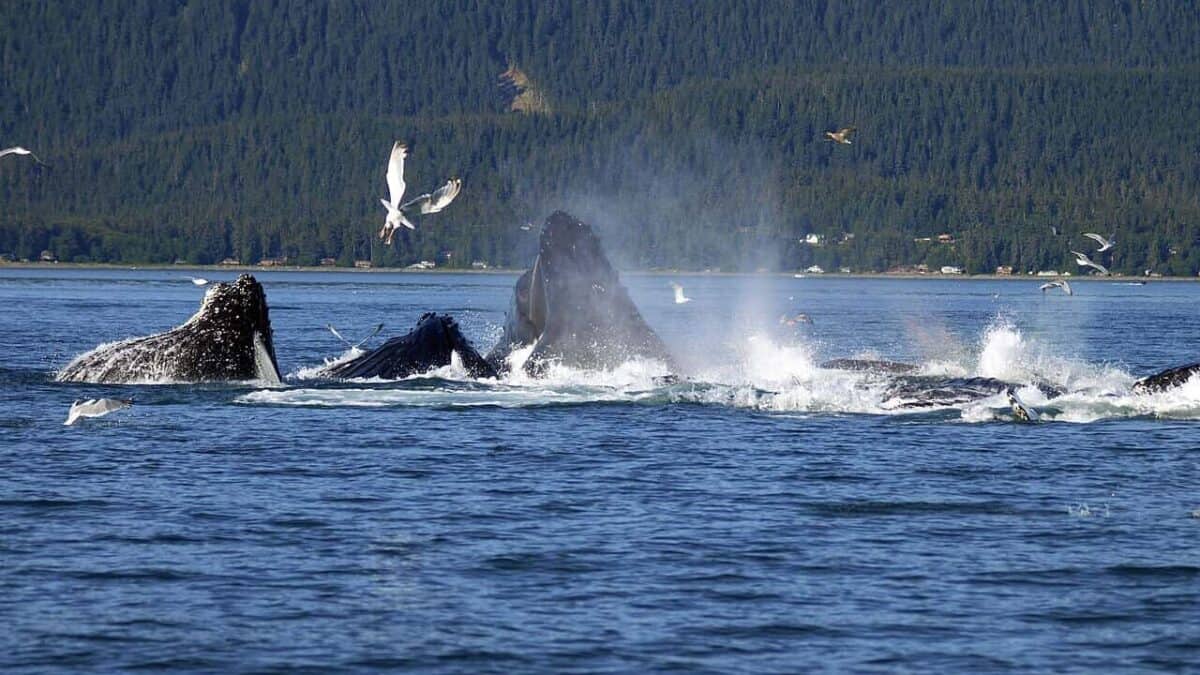
As ocean conditions change, species are shifting their distributions at different rates, altering community compositions and ecological relationships. On average, marine species are moving poleward at rates of 5-10 kilometers per year—faster than their terrestrial counterparts. These shifts create novel ecological communities as species that previously had little interaction now share habitats. In some cases, native species face new competitors, predators, or parasites that can dramatically alter ecosystem functioning.
Not all species can shift their ranges effectively. Those with specialized habitat requirements, limited dispersal abilities, or those already living in polar regions may have nowhere suitable to go. For example, Antarctic krill, a cornerstone species in Southern Ocean food webs, depends on sea ice for its life cycle and is declining in parts of its range as ice cover diminishes. Predators that rely on krill, including penguins and whales, must either find alternative prey or follow the krill’s shifting distribution. These cascading effects demonstrate how changes to even one species can reverberate throughout marine ecosystems, potentially leading to reorganized food webs with uncertain consequences for ecosystem services humans rely on.
Impacts on Coral Reef Ecosystems
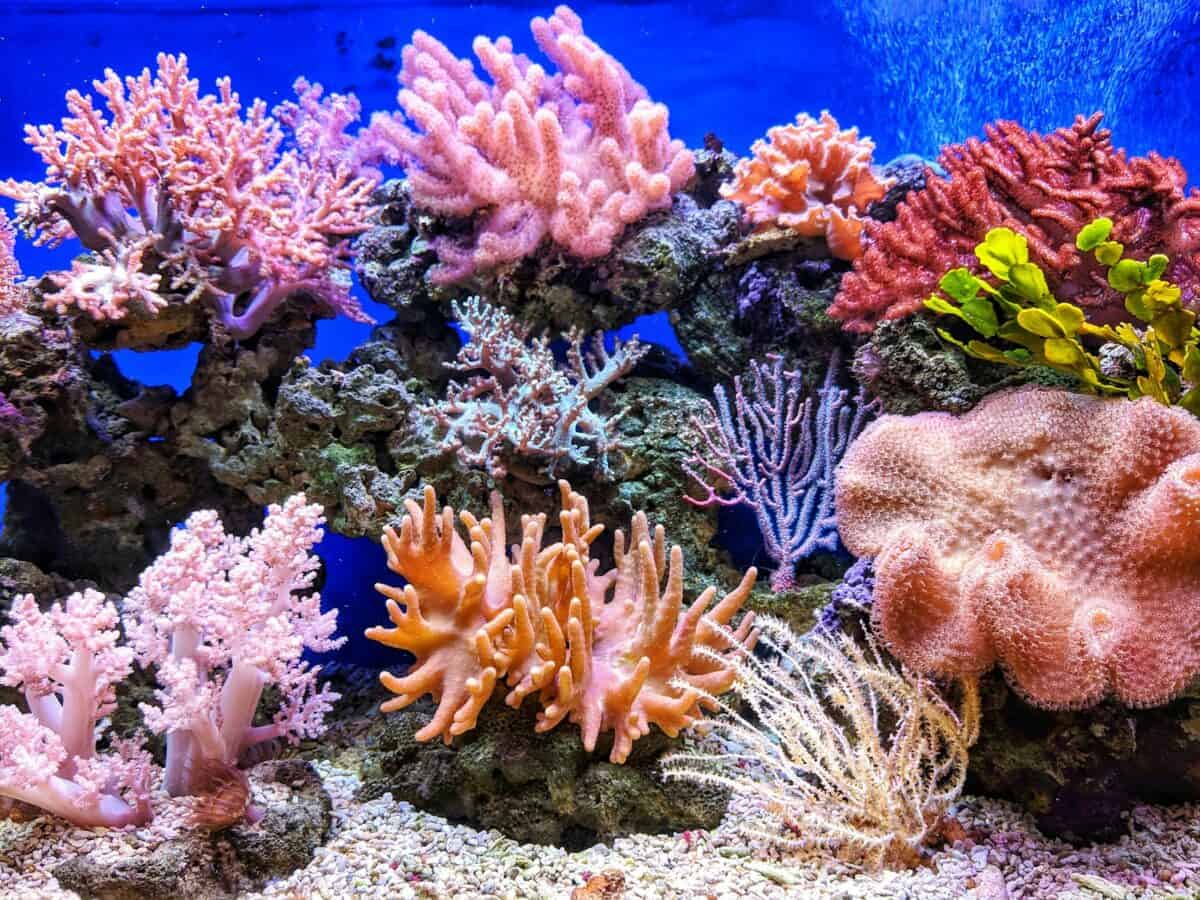
Coral reefs support approximately 25% of all marine species while covering less than 1% of the ocean floor, making them biodiversity hotspots particularly vulnerable to climate change. Beyond the immediate effects of bleaching from high temperatures, corals face multiple climate stressors that compound their challenges. After severe bleaching events, surviving corals often show reduced growth, reproduction, and disease resistance. The Great Barrier Reef has experienced mass bleaching events in 1998, 2002, 2016, 2017, 2020, and 2022—a frequency that allows little recovery time between episodes.
The decline of coral reefs has profound implications for reef-dependent species. Fish diversity typically decreases by over 60% following severe bleaching events, with specialist species suffering the most. Reef degradation also impacts larger ocean predators that hunt on reefs, like sharks and rays, and migratory species that use reefs as waypoints. The structural complexity that healthy corals provide—with their branches, crevices, and varied shapes—creates microhabitats for countless organisms. As this three-dimensional structure collapses following coral death, the entire ecosystem simplifies, supporting fewer species and offering less protection from predators for juvenile fish, potentially reducing recruitment to adult populations.
Effects on Marine Mammals

Marine mammals face numerous challenges from climate change, with different species affected in various ways depending on their ecology. Polar bears, considered marine mammals because they depend on sea ice for hunting seals, have become iconic symbols of climate impacts. As Arctic sea ice declines—losing approximately 13% per decade since satellite monitoring began—polar bears face shorter hunting seasons and longer fasting periods, leading to reduced body condition, lower reproductive rates, and declining populations in many areas.
Other marine mammals experience more indirect effects. North Atlantic right whales, critically endangered with fewer than 350 individuals remaining, have shifted their feeding grounds as their prey (copepods) responds to warming waters. This shift has brought the whales into areas with more shipping traffic and fishing gear, increasing mortality from vessel strikes and entanglement. For tropical species like dugongs, the loss of seagrass meadows due to extreme weather and warming reduces their food supply. Additionally, many marine mammals are susceptible to new diseases as pathogens expand their ranges in warming waters, with unusual mortality events increasingly linked to emerging infections that thrive in changing ocean conditions.
Threats to Seabirds

Seabirds connect marine and terrestrial ecosystems and are experiencing rapid population declines worldwide, with climate change as a significant contributor. Rising sea levels and increasing storm intensity threaten nesting colonies, particularly for ground-nesting species on low-lying islands. Extreme weather events can cause catastrophic breeding failures—in 2014, a single storm during breeding season killed over 100,000 Cassin’s auklet chicks along the Pacific coast of North America.
Changes in ocean productivity and prey availability present perhaps the greatest climate-related challenge for seabirds. Many species time their breeding to coincide with seasonal peaks in prey abundance. As climate change alters the timing of plankton blooms and fish migrations, seabirds can experience “phenological mismatches” where chicks hatch when food is scarce. Atlantic puffins in the Gulf of Maine illustrate this problem—warming has reduced their traditional prey (white hake and herring), forcing adults to feed chicks butterfish, which are too large for chicks to swallow, leading to starvation. Such challenges help explain why seabirds are declining faster than most other bird groups, with an estimated 70% population reduction since the 1950s for many species.
Adaptation and Resilience
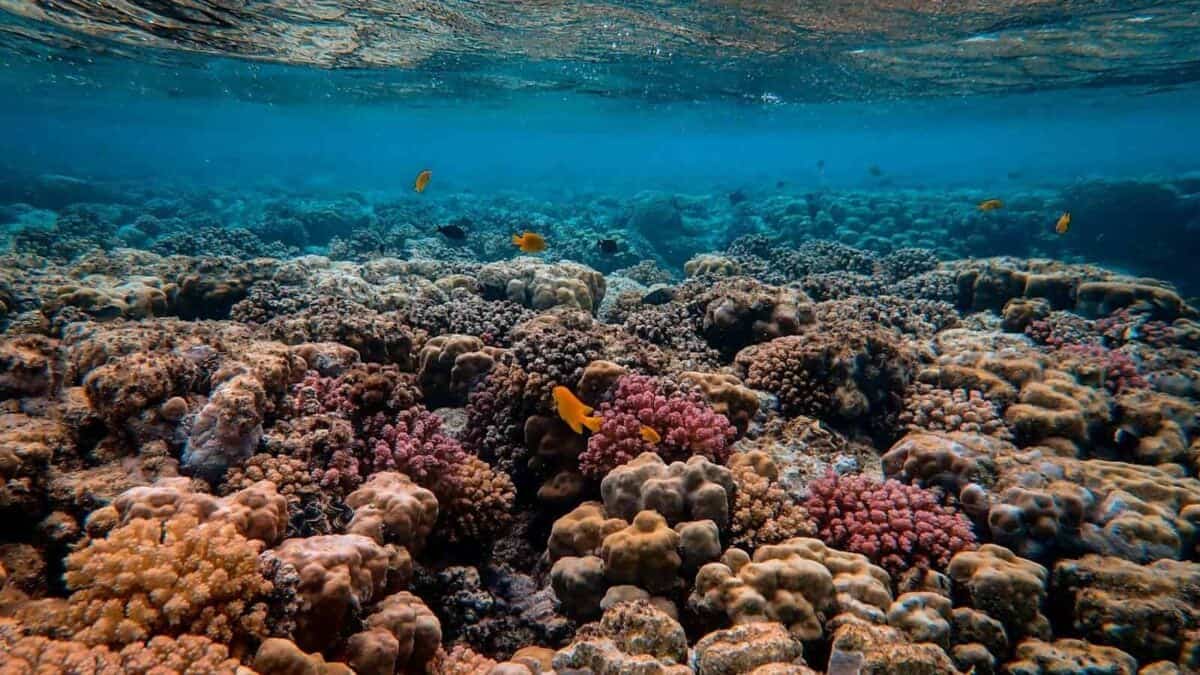
Despite the severe challenges posed by climate change, some marine species show capacity for adaptation. Certain corals harbor heat-resistant algal symbionts that help them withstand higher temperatures, and there’s evidence that some coral populations are naturally selecting for more heat-tolerant genotypes. In the Red Sea, corals have evolved in naturally warmer conditions and show greater thermal tolerance than their counterparts elsewhere, providing hope that adaptation is possible for some populations.
For mobile species, behavioral adaptations can mitigate climate impacts. Some fish adjust spawning times in response to changing seasonal cues, while others modify depth preferences to avoid extreme temperatures. Genetic adaptation may also occur, particularly in species with short generation times. Studies of copepods (tiny crustaceans) show they can evolve tolerance to higher temperatures and lower pH within just a few generations. However, adaptation has limits—the current rate of environmental change exceeds what many long-lived species with slow reproduction, like sharks and whales, can match through evolutionary processes. Conservation strategies increasingly focus on identifying and protecting naturally resilient populations and habitats that might serve as climate refugia.
Conclusion
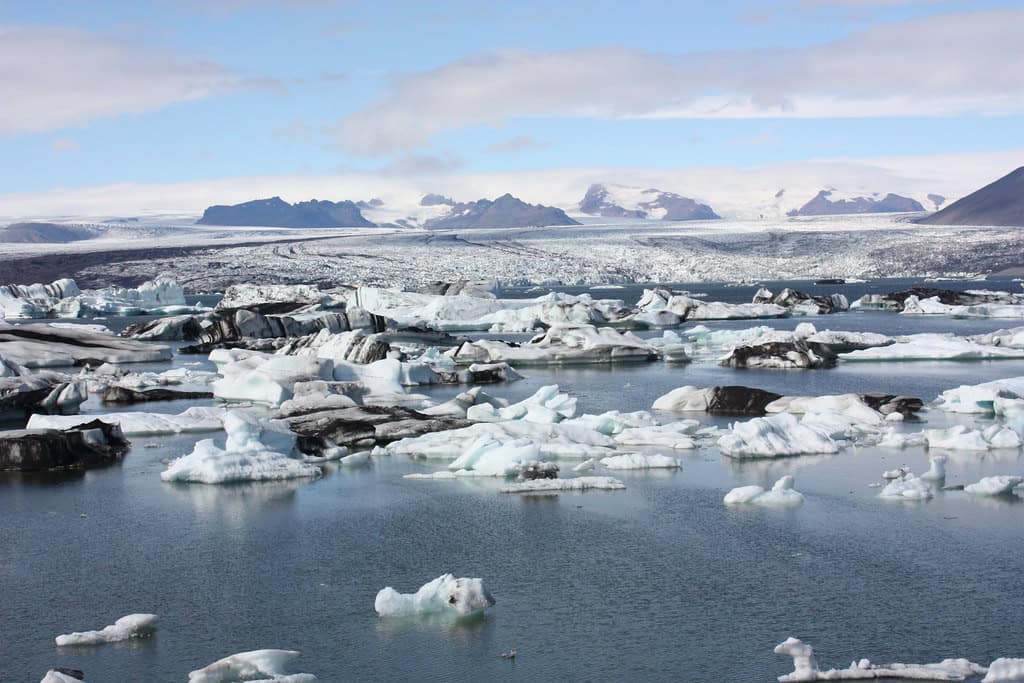
The impacts of climate change on ocean animals represent one of the greatest environmental challenges of our time, affecting species from microscopic plankton to blue whales through multiple interacting stressors. The evidence is clear that rising temperatures, ocean acidification, deoxygenation, and other climate-driven changes are already transforming marine ecosystems, with consequences for biodiversity, fisheries, and human communities dependent on ocean resources. While some species show promising signs of resilience and adaptation, the rapid pace of change overwhelms the adaptive capacity of many others, leading to range shifts, population declines, and altered ecological relationships with cascading effects throughout marine food webs.
Addressing these challenges requires both immediate action to reduce greenhouse gas emissions and targeted conservation strategies that build resilience in marine ecosystems. Protected areas, especially those designed to account for shifting species distributions, can provide safe havens where climate pressures are minimized and natural adaptation processes can unfold. Ultimately, the fate of ocean animals depends largely on human choices in the coming decades—whether we can rapidly transition to sustainable energy systems while implementing effective ocean conservation measures. The interconnected nature of marine ecosystems means that protecting ocean biodiversity is not just about saving individual species but preserving the complex ecological relationships that sustain life in the blue heart of our planet.
- How Bison Are Reshaping the American Prairie - August 25, 2025
- Bats as Harbingers of Luck—and Doom—in Global Folklore - August 25, 2025
- Are Wildlife Corridors Really Helping Animals Migrate? - August 25, 2025

